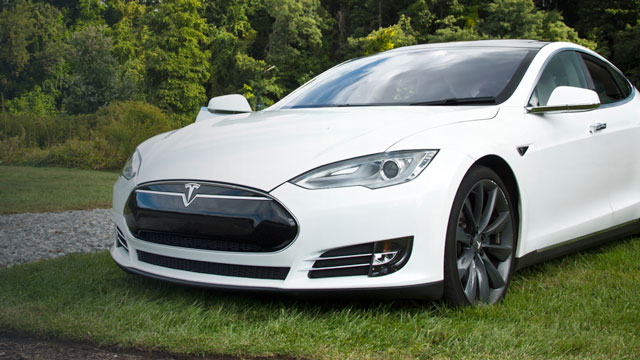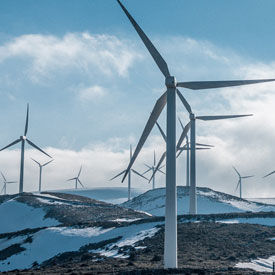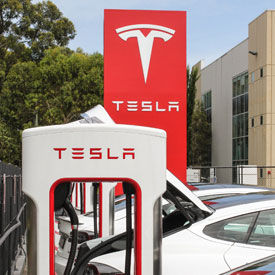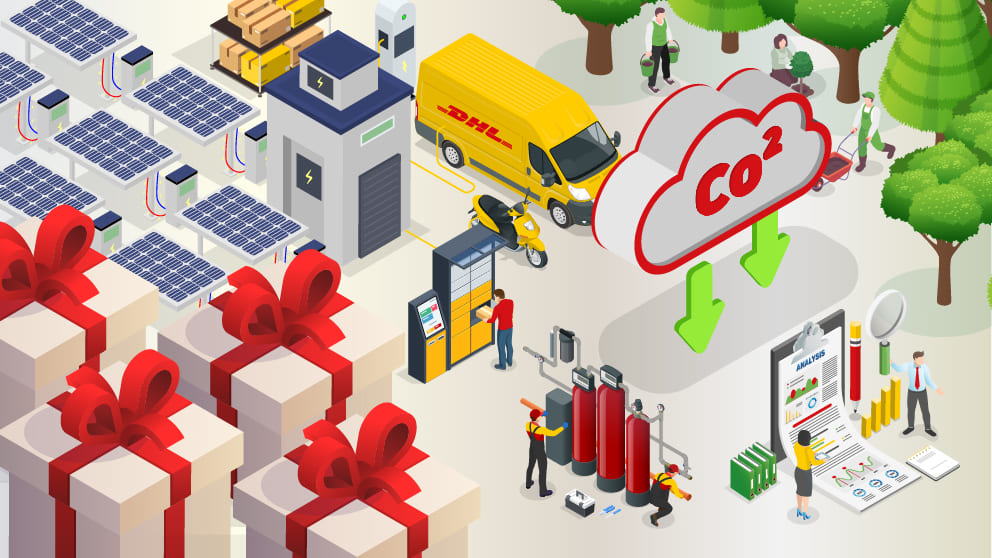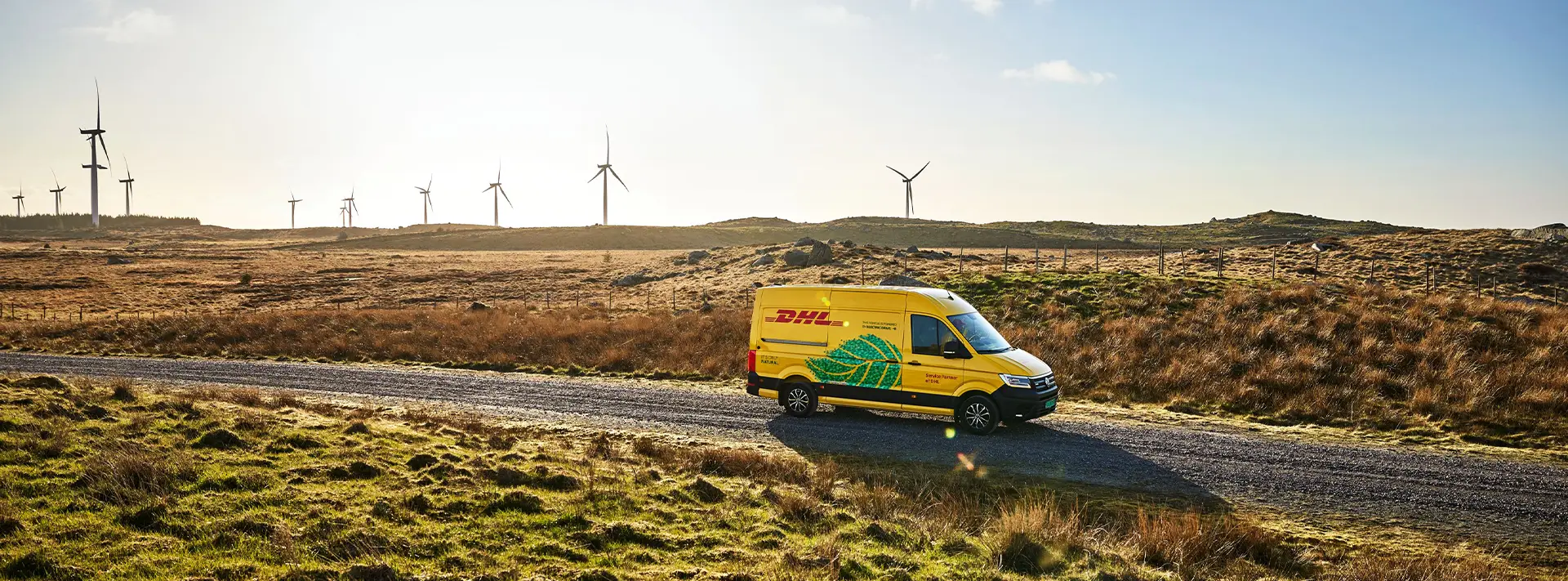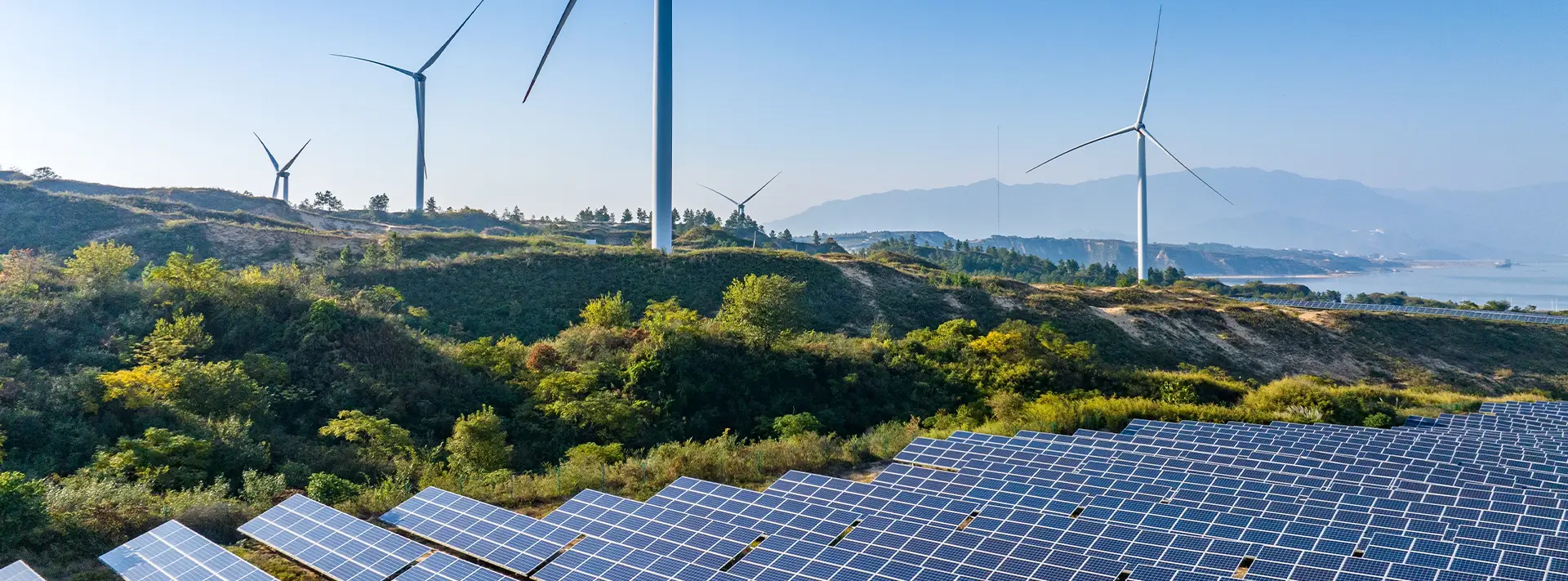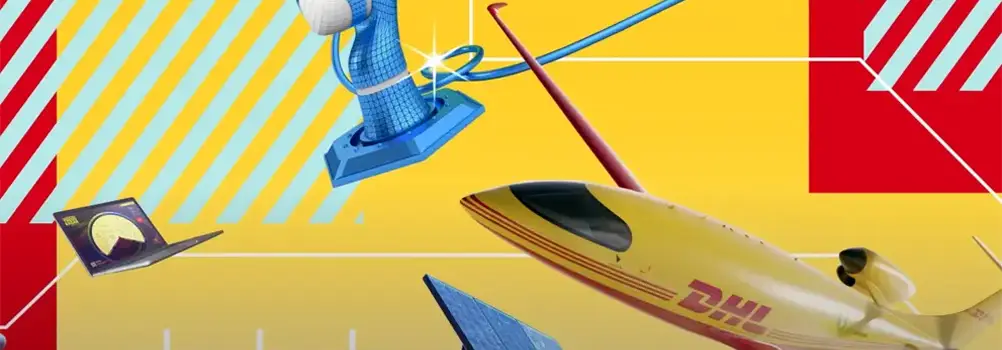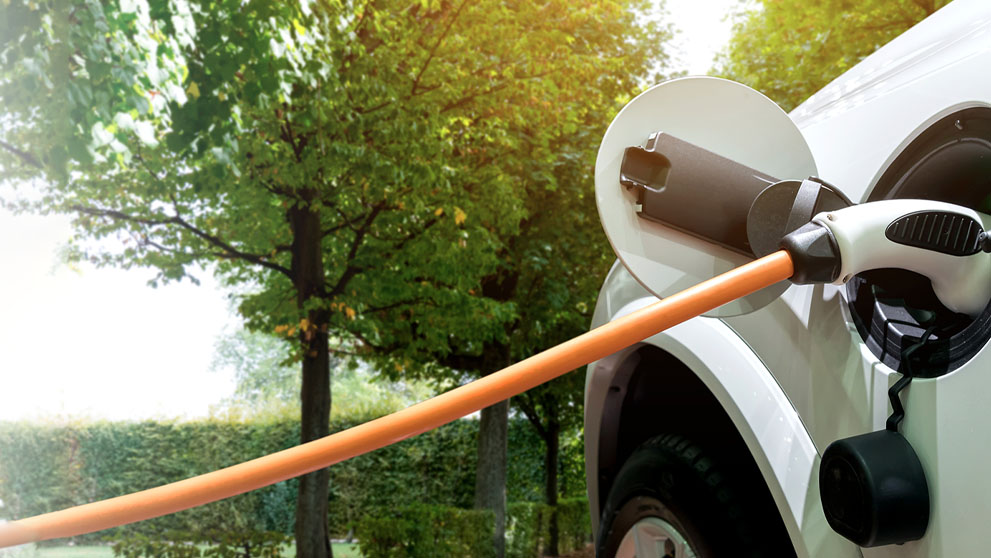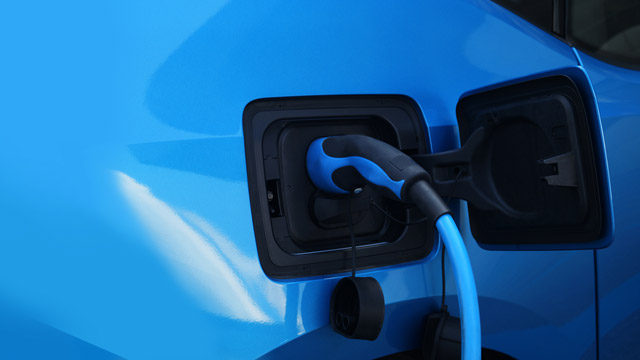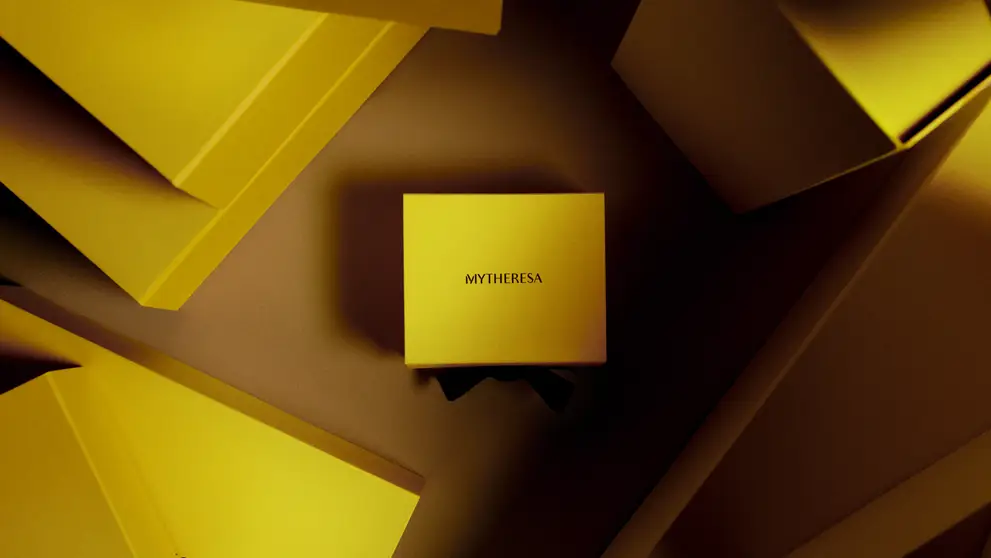Affordable electric cars are everywhere, and they’re showing no signs of slowing down. If you’re thinking of making your business greener, stick around.
Despite having existed since the middle of the 19th century, electric cars have always played a distant second to their petrol and diesel-engined counterparts. Even as the world welcomed the 20th century, electric vehicles didn’t have the range or performance of combustion engine models. If you wanted to travel more than 50 or 60 miles in an electric car, you were out of luck. In 2023, however, things are different.
Eco-friendly cars are, undeniably, a great way to reduce your business’ carbon footprint - in fact, sustainable logistics featured as one of our key business trends back in 2020. With demand riding high and almost every major car manufacturer committing to electric and hybrid cars, electric car sales are hitting double-digit growth rates; often above 50% year on year. We’re in the middle of an electric vehicle revolution.
It’s not just car manufacturers that have seen the future – governments are taking positive steps too. They’ve even set dates for the complete sales ban of petrol and diesel cars (the UK and France, for example, are set to ban petrol and diesels from 2040 onwards, while Paris will introduce a similar ban as early as 2030) – so there’s never been a better time to get ahead on green logistics.
The EV revolution
Future electric cars – such as StreetScooter’s fleet of vans – are changing the way businesses, including DHL Express, complete the last mile for their Customers. One of the unsung heroes of the electric vehicle revolution, StreetScooter’s affordable electric delivery vans are helping reduce carbon emissions in urban areas and are introducing viable battery electric logistics to companies across Europe and the world.
Significantly, 15% of global carbon dioxide emissions come from transportation, and with 95% of vehicles using petrol or diesel engines, something needs to change. Other than investing in a lot of solar panels, or paying for 100% renewable energy, switching to a greener form of transport is the most profound change that can be made.
But are these eco-friendly cars really that much greener? Surely the electricity still needs to be generated, just as a petrol or diesel engine needs to burn its fuel? You’re right, in part: the electricity that charges your electric car does indeed need to be generated, often from relatively dirty fossil fuel or nuclear power stations. But the way that electricity is generated is changing at an incredible pace. The percentage of electricity generated by renewable sources has risen significantly in the last decade. By 2022, 30% of the world’s supply of electricity will come from renewable sources.
The other big factor is running costs: 100 miles in an electric car costs just a few dollars, if that. In many parts of the world, 100 miles in a petrol car could cost US$10-15. An electric vehicle offers far superior fuel consumption (as long as you have a convenient place to charge it).
Perhaps more than anything else, improvements in battery technology have helped open the floodgates. The big battery tech breakthroughs are yet to come, but the development and fine-tuning of lithium-ion battery technology has helped push electric cars through the magic 300-mile range barrier. This could double over the next decade.
Who’s hoping to clear up?
If this all sounds like a new world compared to the gears-and-pistons-loving car establishment, that’s because it is: even non-traditional manufacturers have thrown their hat into the green logistics ring. Exhibit A is vacuum cleaner company Dyson. The British design and engineering company has committed £2bn and around 400 people to the project, with its electric car set to roll off the production line in the early 2020s.
Tesla’s latest product is aimed at the sustainable logistics sector, a fully electric truck designed for heavy road haulage. Christened the Tesla Semi, it has a range of up to 500 miles and can accelerate from 0-60mph in 20 seconds even when fully loaded. Retail giant Walmart has pre-ordered 15 Tesla Semis, while food and drink manufacturer PepsiCo has signed up for 100.
At DHL, the backbone of our business is our global transport network. We have some 92,000 road vehicles in operation, but we’ve already modified 20,000 vehicles to be more environmentally friendly. DHL's long-term green business plan is to hit zero emissions by 2050, so to help us get started, DHL has also pre-ordered ten Tesla Semi trucks, set to hit the road in 2019.
Tesla isn’t alone. A dozen other automobile manufacturers, including Volkswagen, Toyota, and Mercedes-Benz all have electric trucks in development.
Charging on
It’s clear to see that we’re at the start of a race to develop commercially successful, electric, sustainable delivery options. The big factors are cost and range. Critics point out that, aside from expensive Tesla models, electric cars still suffer from a comparatively poor range of barely more than 100 miles.
Battery anxiety is still an issue, and there are also question marks over battery longevity – any battery, whether it’s in a mobile phone or a truck, has a defined lifespan. Manufacturers are getting around this by offering paid-for battery replacements after a set time (usually seven or eight years or more) or providing battery leasing schemes.
The culture of battery charging, of how to get a small charge to last long enough, has become second nature to phone users over a couple of decades. We’ll adapt this culture to motoring as we got used to any other change over the years.
Alongside the electric vehicle revolution, technology is also advancing in the world of sustainable packaging in logistics which spells positive changes in the industry are actively afoot. Want a truly long-range forecast? Look out for electric planes... yes, they’re really happening.
